Remember when your daily battles were mismatched connectors, tangled cables, and antagonizing slow chargers? Those days are long gone with the introduction of USB C chargers, reigning over 2 billion active devices worldwide. It unifies the charging landscape across smartphones, laptops, tablets, and possibly every gadget you can come across.
USB C has come a long way. The earliest USB 1.0 version could only trickle-charge with its limited 500 mA (milliamps) at 5V, roughly translating to 2.5W. Their initial standard aimed to provide only USB battery charging. In contrast, the latest “USB Power Delivery” standard enables USB C to charge devices bi-directionally, provide video output, supply power, and transfer data. The all-new USB-C fast charging connector can reach up to 240W power delivery. It's enough to power a gaming console or a monitor while simultaneously providing video and data signals.
The widespread adoption is primarily due to its reversible connector that made charging and connecting devices seamless. Its rapid growth and open standard design have led Apple to ditch its lightning port and adopt a Type-C connector.
This guide will demystify modern charging, exploring its tech, features, and how to choose the perfect charger for your needs. It will assist you in developing a more in-depth understanding of power delivery, the risk of using low-quality USB C cables, and future trends such as wireless charging integration.
Table of content
- 1. Understanding USB C and Its Advantages
- 2. The Technical Aspects of USB-C Charging
- 3. Understanding Cables and Connectors
- 4. How USB C is Revolutionizing Device Charging
- 5. Selecting the Perfect USB C Charger for Your Needs 300
- 6. Top Picks for USB C Chargers
- 7. Common Misconceptions and FAQs About USB C Chargers
- 8. Conclusion
Understanding USB C and Its Advantages
The developer of USB C, USB-IF, is a non-profit organization with members reaching up to 1000+ in numbers. These member companies of USB-IF introduced the simple yet versatile USB C port and connector design in August 2014. The latest 24-pin Type C connector is the newest addition to its universal design.
Compared to the earlier versions, the USB C type has numerous advantages. Here are the three main areas in which the latest connector outshines its previous types:
- Speed: The increase in speed has the most significant impact on the overall performance of a USB connection. If we compare a Type C USB 2.0 with the latest USB 4.0 version, the data transfer speeds went from 480Mbps to 40Gbps for USB4. The increase in speed unlocks capabilities to deliver high-end video protocols like HDMI and DP that support eARC, Dolby Vision, Dynamic HDR, and VRR.
- Power: As the version of USB changes, the connector and port design also change to adopt the latest features. Power delivery requires extra wires inside a cable and adding pins on the connector. The old 4-pin USB C connector from USB 2.0 could only handle 2.5W. In comparison, the latest 24-pin connector can deliver 240W USB PD.
- Versatility: One of the most significant advantages of having a USB-C connector is its widespread applications. The latest USB C connector with USB 4 protocol can tunnel DisplayPort Alt Mode or USB Video Class (UVC) protocols, delivering up to 8K@60Hz video and audio transmission. It can push PCIe lanes for external/portable graphic or expansion cards. On top of all these features, it is backward compatible with previous versions.
Error: [31m The Parser function of type "header1" is not defined. Define your custom parser functions as: [34mhttps://github.com/pavittarx/editorjs-html#extend-for-custom-blocks [0m
The Technical Aspects of USB-C Charging
Let's dive deeper into the technical aspects that empower USB-C charging capabilities. Have you ever wondered how a single USB C charger can work across multiple devices? The charger seamlessly adjusts charging with devices of any battery capacity. The answer is how every charger negotiates power delivery to the connected device based on voltage and current.
The Charging Process
As soon as the device and charger connect, they start communicating. The whole process occurs in three phases.
- Connection and Identification: The devices exchange information about their capabilities, like supported voltage and current levels.
- Power Request and Response: Based on the requirement of the device, it sends a power request, and the charger responds with a message confirming the voltage and current levels.
- Power Delivery and Monitoring: After the power delivery starts, both charger and device start monitoring their conditions. They can change the voltage and amperes based on temperature, battery health, and other anomalies in either of the devices.
Wattage Requirements of Different Devices
Each device may require unique wattages based on its battery design and health. USB PD has a Standard Power Range (SPR), which allows operation between +5V and +20V. USB-IF developed the latest Power Delivery 3.1 Type-C and Extended Power Range (EPR) to +48V, allowing a 240W power supply. Here is a table representing all the voltage and power levels supported by USB C:

The power requirement may vary depending on the device. A typical smartphone will take up something between 20-50W of power for charging. Laptops may take between 20-100W. Smartwatches, earbuds, and wireless mice may take 5-10W. Considering the versatility of a high-end USB C charger, it can handle any charging device and provide the required power.
USB-IF strictly controls the charging capability of USB C through their Power Delivery (PD) standard.
Understanding Cables and Connectors
USB C charger will perform as per specification once it works with the compatible cable. Therefore, developing a sound understanding of cables and connectors is vital. A cable can have varying numbers of pins and connector material depending on its power delivery capability.
The number of pins is the primary requirement of a USB C charger as they divide the power delivery across multiple pins to avoid damaging the cable. Counterfeit cable manufacturers will claim high-power delivery but may not have the necessary material quality to withstand its load. That is why identifying an authentic cable is essential.
Identifying Authentic USB C Cables
Recognizing USB C cables requires careful evaluation of the packaging and the presence of the certified USB Logo on the packaging. USB-IF strictly controls the quality of wires through a rigorous process. Companies that use USB products pay fees for USB-IF logos and certifications. Let's see how USB-IF approves a certified USB product.
- Compliance Testing: The product must pass the in-lab test at USB-IF.
- Trademark Licensing Agreement: Terms of using USB-IF logo and trademarks.
- Fees: Testing and licensing process fees depending on product type, number of logos, etc.
- Verification: After agreement and payment of fees, USB-IF ensures compliance and permits the use of official logos on the product.
- Product Listing: The product is finally mentioned publicly for transparency on the USB-IF Integrators List.
Here are the steps you can take to ensure the authenticity of a certified cable:
- Official Logos: Look for official USB logos on the packaging and the actual cable. Here is a table identifying all the authentic logos.

- Search USB-IF Database: Buyer can further ensure authentication by counterchecking the product “USB-IF Certified TID” on the USB-IF database.
- E-Marker Chip: Cables that supply above 5A incorporate an E-Marker chip. These cables are expensive, and the manufacturer mentions an E-Marker chip on the product or its packaging.
- Build Quality: Examine the cable and connector quality. The connector is usually a big giveaway in counterfeit cables. The connector may have loose parts or connections.
Risks of Using Counterfeit Low-Quality Cables
Using a low-quality cable can be dangerous for your equipment and personal safety. A 100W, 240W, or higher power delivery by USB C is significant to cause an electric shock. Here are the three factors that using low-quality cable will directly affect:
- Performance
- Fire Hazzard
- Electrical Safety Hazzard
How USB C is Revolutionizing Device Charging
The use of a single port design and charging characteristics across all electronics is revolutionary. Multiple regulatory and research-associated organizations like the European Commission, Consumer Electronics Association, and United Nations Environment Programme address the impact of homogenizing charging.
Imagine using a single USB-C charger for your smartphone, laptop, tablet, or other electronic devices. Every household already has electronic chargers, but USB C will standardize wall outlets with standard charging ports.
Case Study: Impact of USB-C on Laptop and Smartphone Charging Habits
The growing capabilities of USB-C power delivery enabled laptops to utilize it for charging and powering. Its diversity, enabling video transmission and data transfer over small port design, convinced laptop manufacturers to include USB-C ports. Laptops can utilize a single port for multiple purposes, reducing the need for dedicated ports. According to a report published by IDC in 2022, the global USB-C laptop market will reach $58 billion by 2026.
Similarly, it has led to a significant impact on how we charge our smartphones. Strategy Analytics reported that the global market for USB-C smartphones grew by 88% year-over-year in 2021, indicating rapid consumer adoption of this technology. The reason for the growth remains the same: compact port design with versatility in communication.
Future Trends: USB C Integration with Wireless Charging
We already have Qi wireless charging as a standard for device charging, and it often utilizes USB-C as a power source. The capabilities of USB PD 3.1 have a significant impact on the wireless charging landscape. The potential of wireless charging and USB-C integration is immense.
Hybrid Charging: Imagine placing your smartphone on a table, and it starts charging without plugging in. How about multiple devices? Some products are already wirelessly charging devices. As more electronics adopt wireless charging, switching between devices and distributing power intelligently via USB C and Qi chargers will become a norm.
Regulatory Push: Governments and regulatory bodies are pushing for universal charging solutions, potentially leading to adopting USB C as the standard.
Smart Charging: As more devices adopt USB C, the sophistication needed to adjust power supply based on device health, environment, usage, and charging efficiency will increase.
The Role of USB C in Sustainable Charging Solutions
The versatility of USB C makes it an ideal solution to the global increase of e-waste. The power-hungry devices are impacting the way we generate waste. The amount of plastic and toxic waste ending up in landfills is astonishing. According to research by Statista in 2018, there are around 121 million unused phone chargers in the US alone!
The need for constantly changing chargers due to incompatibility across devices is causing loads of e-waste. USB C is a solid answer to the growing problem. Here are some papers published by well-reputed organizations worldwide, highlighting the importance of universal chargers:
- "Harmonisation of mobile phone chargers: Economic and environmental impacts" by the European Commission.
- "The Impact of a Universal Charger Policy on Consumer Convenience and Costs" by the Consumer Electronics Association.
- "Universal Chargers: Policy options for reducing e-waste and promoting interoperability" by the United Nations Environment Programme.
Selecting the Perfect USB C Charger for Your Needs 300
Now that we know all the technical backgrounds of USB C chargers and how they shape the world, we can dive into the guide to selecting the perfect charger. Buying any USB charger to start charging your device is not ideal. Here is a step-by-step guide to choosing the perfect USB C charger for your needs:
Step-by-Step Guide to Choosing Ideal USB C Charger
Step 1: Assess your Requirements
- Access whether you need more than one charging port on a charger for multiple devices.
- Consider the ampere/voltage requirement of your device. If it has a Qualcomm processor, the charger needs to be QC-certified. Otherwise, a standard USB-C PD charger will work.
Step 2: Find a Certified Charger
- Find the certified logo on the charger packaging and the charger. USB-IF controls logos, tests the product, and ensures product quality before providing them with a USB-IF Certified TID.
- Look for safety certifications from UL, CE, and FCC.
Step 3: Consider all Factors
- GaN Technology: These are chargers based on Gallium Nitride instead of Silicon. It allows manufacturers to build smaller charging units and fit multiple ports.
- Brand: Look for a brand that has a good reputation. Search for reviews online and purchase through a reliable e-commerce website or official page.
- Future Proof: A fast charger with 240W USB-C PD 3.1 certification will also work efficiently for a small battery device. It can work across multiple USB-C port devices.
- Travel Friendliness: Consider the device's compactness if you are a frequent traveler.
Step 4: Do Your Research
- It's vital to consider all the factors before considering a product.
- Visit multiple product pages and perform comparisons.
- Weigh in price/performance ratio for decision-making.
Top Picks for USB C Chargers
To make the selection process easier, here are some of our top recommendations for charging your everyday electronics:
CABLETIME GaN PD3.0 3C1A 100W Wall Charger G100B

Key Highlights
- USB C Standard Power Delivery 3.0
- 100W Power Delivery through Single USB C Port
- Adaptable Ampere and Voltage for Endless Possibilities
- GaN Technology for Compact and Efficient Design
CABLETIME introduces the ultimate powering solution for all your gadgets in a small form factor. Connect four devices to charge simultaneously, reducing the need for multiple power adapters. Connect four devices simultaneously, from laptops to smartphones, and watch them revive in minutes thanks to the lightning-fast 100W Power Delivery 3.0.
It's an excellent alternative to the bulky adapters. Owing to its GaN (Gallium Nitride) infrastructure, the adapter is compact with better thermals and efficiency. The adapter communicates with the devices and selects a specific voltage and ampere that matches the device perfectly. The ability to deliver a broad range of power outputs leads to better device battery life.
Slip this pocket-sized powerhouse into your bag or purse and connect to any power grid globally. Juice up your 100W device and a 15W buddy from the same port. Stay powered wherever you roam!
Technical Specifications
- Model: S-TR-306B-EU
- Input Voltage
110V-240V~,50/60Hz 3.0A Max
- 100W PD Output Configurations
C1/C2: 5.0V--3.0A 9.0V--3.0A 12.0V--3.0A 15.0V--3.0A 20.0V--5.0A 100.0W
USB C3: 5.0V--3.0A 9.0V--3.0A 12.0V--2.5A 30.0W
- USB A Output
A: 5.0V--3.0A 9.0V--3.0A 12.0V--2.5A 30.0W
- Possible Wattage Configurations
C1/C2:100.0W
C1+C2:65.0W+30.0W
C1/C2+USB-A:65.0W+30.0W
C1/C2+C3:65.0W+30.0W
C1+C2+C3:40.0W+18.0W+30.0W
C1+C2+USB-A:40.0W+18.0W+18.0W
C1+C2+C3+USB-A:40.0W+18.0W+9.0W+9.0W
- Dimensions: 67 x 64 x 31 mm
- Standard: European
CABLETIME GaN PD3.0 20W Wall Charger GA20B

Key Highlights
- Pocket Size 31mm Dimension
- 20W Latest PD 3.0 Technology
- Robust USB C Port
- GaN-based Power Design
Introducing the CABLETIME GaN PD3.0 20W Wall Charger (GA20B), the best pocket-sized USB C power adapter enhancing mobile charging convenience. Its compact design, measuring a mere 31 x 32 x 31 mm, effortlessly fits into any bag or pocket, eliminating the need for bulky adapters. Despite its size, the GA20B packs a punch with its 20W Power Delivery (PD) 3.0 technology.
This cutting-edge standard ensures rapid charging for various devices, from smartphones and tablets to laptops. The GA20B can refuel your iPhone 13 Pro Max to 50% in 30 minutes. Its wide input voltage range of AC100-240V allows for seamless global usage, while its multiple PD output configurations cater to diverse device needs. The adapter automatically adjusts to the voltage and ampere configuration of the device to charge or power efficiently. It has 5V/3A (15W), 9V/2.224A (20W), or 12V/1.674A (20W) power options to deliver optimal power to your gadget.
Premium Gallium Nitride (GaN) technology ensures the charger operates at cooler temperatures, boosting efficiency and extending its lifespan. So, ditch the bulky adapters and embrace the pocket powerhouse – the CABLETIME GaN PD3.0 20W Wall Charger (GA20B).
Technical Specifications
- Input VoltageAC100-240V, 50-60Hz, 0.5A Max
- 20W PD Output ConfigurationsType C: 5V/3A (15W), 9V/2.224A (20W), 12V/1.674A (20W)
- Dimensions: 31 x 32 x 31 mm
- Standard: European
Common Misconceptions and FAQs About USB C Chargers
Q: Are all USB C chargers created equally?
No, not all chargers are multipurpose. Some target specific devices. It's essential to look for certifications that support USB PD technology. The device requirements range from a trickle 2.5W charge to a 240W fast charging. It's necessary to analyze your device requirements and ensure the charger has the certification to fulfill them.
Q: Can USB-C damage the device's battery?
Modern devices have various protections embedded in the charger and the device's hardware/software. As long as you use a certified USB C or QC charger, there is no need to worry about damaging the battery's health. However, a counterfeit charger can damage the battery by providing incompatible voltages or currents.
Q: Can I use any USB-C cable with my charger?
Generally, any USB C cable can work with any device, but there are risks. A low-quality or counterfeit cable can lead to safety and fire hazards. The material may not handle the heat load at larger wattage. So, using a cable certified by USB-IF, QC, or a reputable organization is vital.
Q: Even with a USB-C charger, my device takes forever. What's wrong?
Several factors can affect charging speed: the wattage of your charger, the cable you're using, and the power limitations of your device. Ensure you use a charger with adequate wattage for your device and a certified cable. Some devices prioritize battery health over speed so that a slower charging time will occur.
Q: Is it okay to leave my device plugged in all the time?
Modern devices have inherent features to prevent overcharging, so leaving them plugged in is generally safe. However, it's best to avoid keeping your device at 100% charge for extended periods for optimal battery health. Letting the battery drain to 20-30% before recharging is ideal.
Conclusion
Ensuring that your personal and device health remains intact is critical to using certified products. Manufacturers that sell accredited products may have higher price tags than counterfeit products due to costs associated with certifications. In USB-C charging, ensuring that the charger and cable are certified by USB-IF or QC is vital to ensure safe and efficient charging. To summarize, here are the main points of our guideline:
- Always use a certified USB C charger and cable. Look for certified USB-IF logos and PIDs.
- GaN-based chargers are the best for compact design with good heat dissipation.
- USB-IF and their USB C design are the future of data, video, audio, and power transmission.
- Regulators are aiming for a universal charging method to reduce e-waste. It makes USB C the best candidate as the one-stop solution for all electronics needs.
- Adopting USB C technology is future-proof, and its diversity is not equivalent.
Overall, our focus throughout the guidelines is to ensure that our readers invest in a suitable USB C charger and are content with its performance. Always invest in a certified high-quality charger and cable for optimal performance and safety. So why wait? Turn your home into a future-proof living and get a certified USB C charger and cable today!

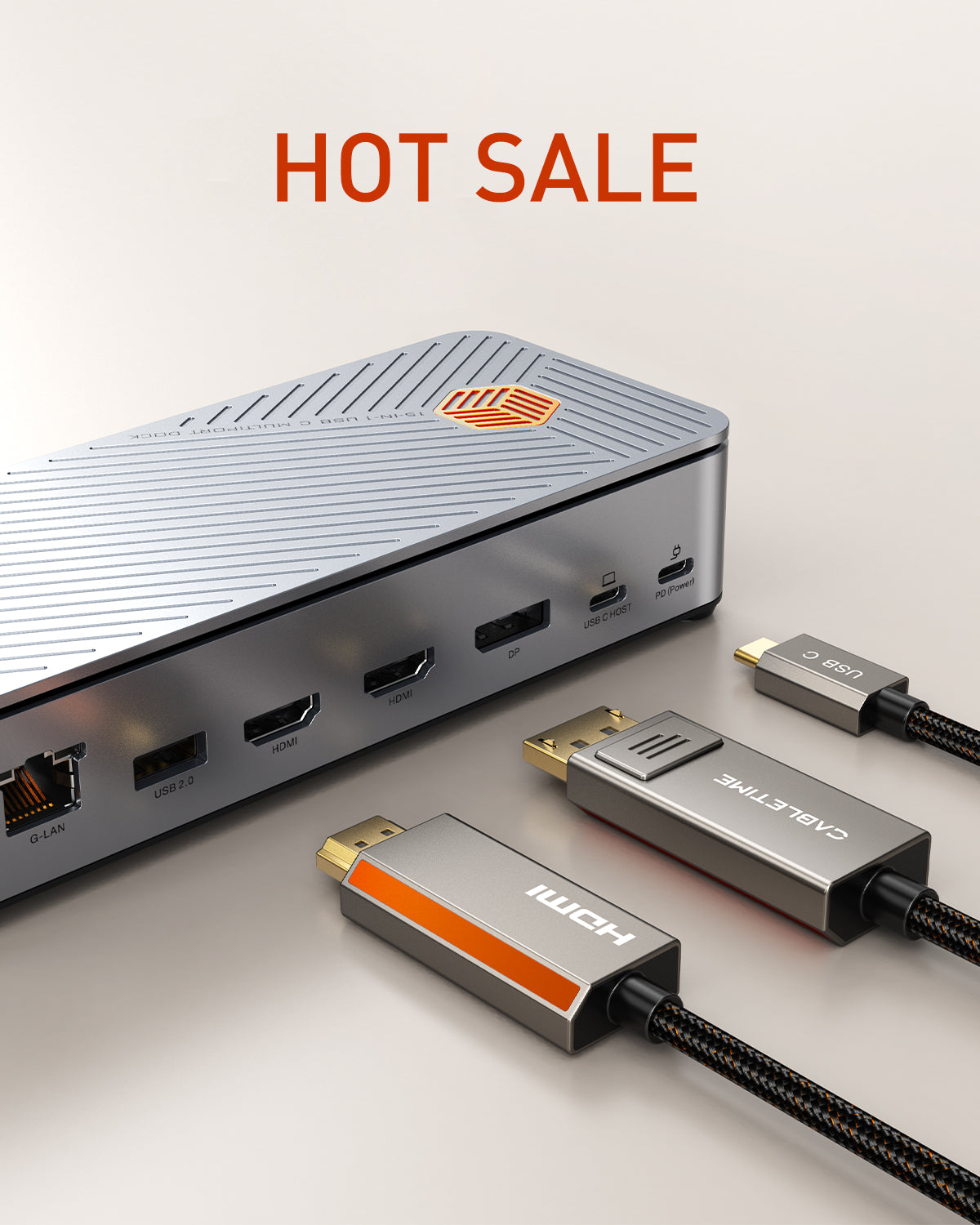
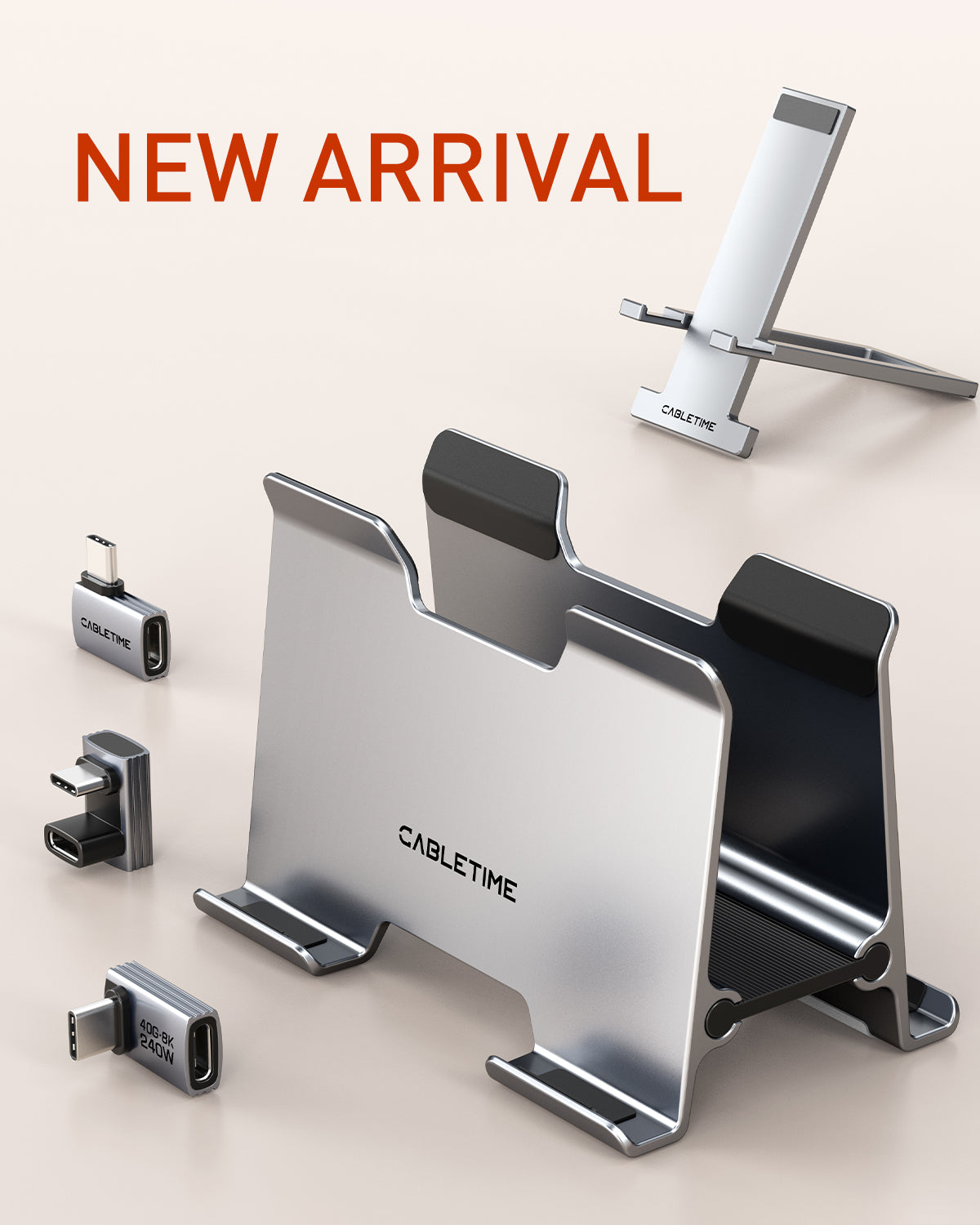
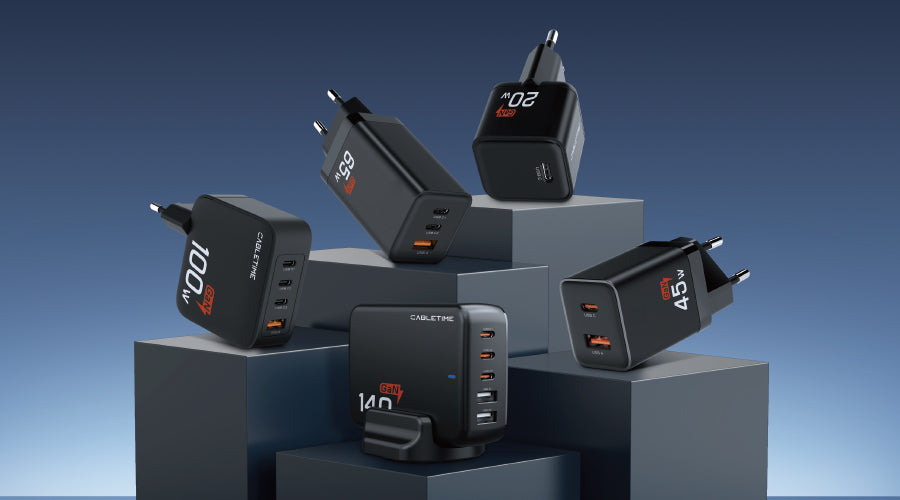
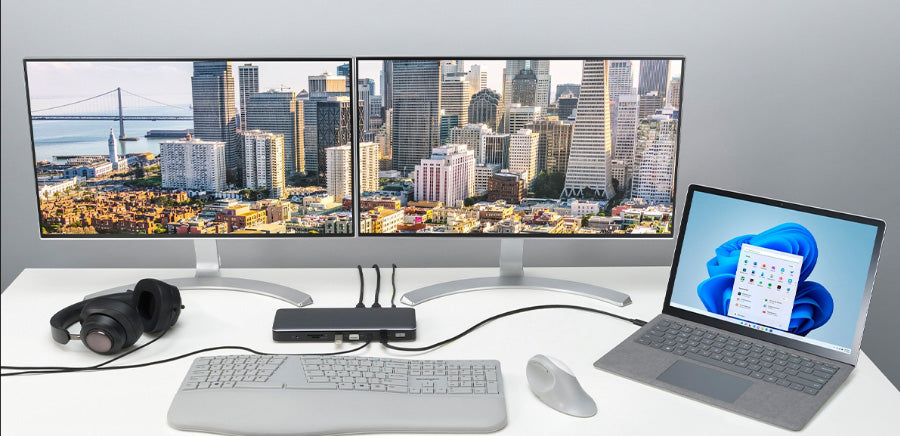
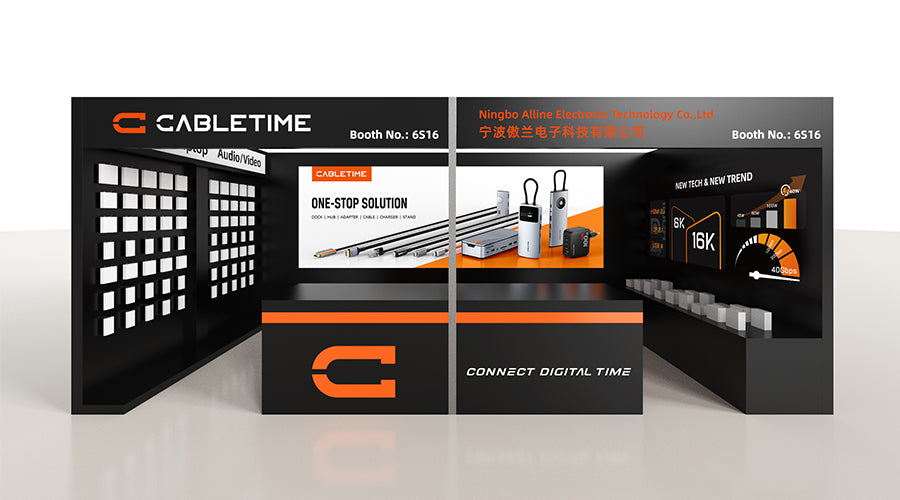
Leave a comment
This site is protected by hCaptcha and the hCaptcha Privacy Policy and Terms of Service apply.